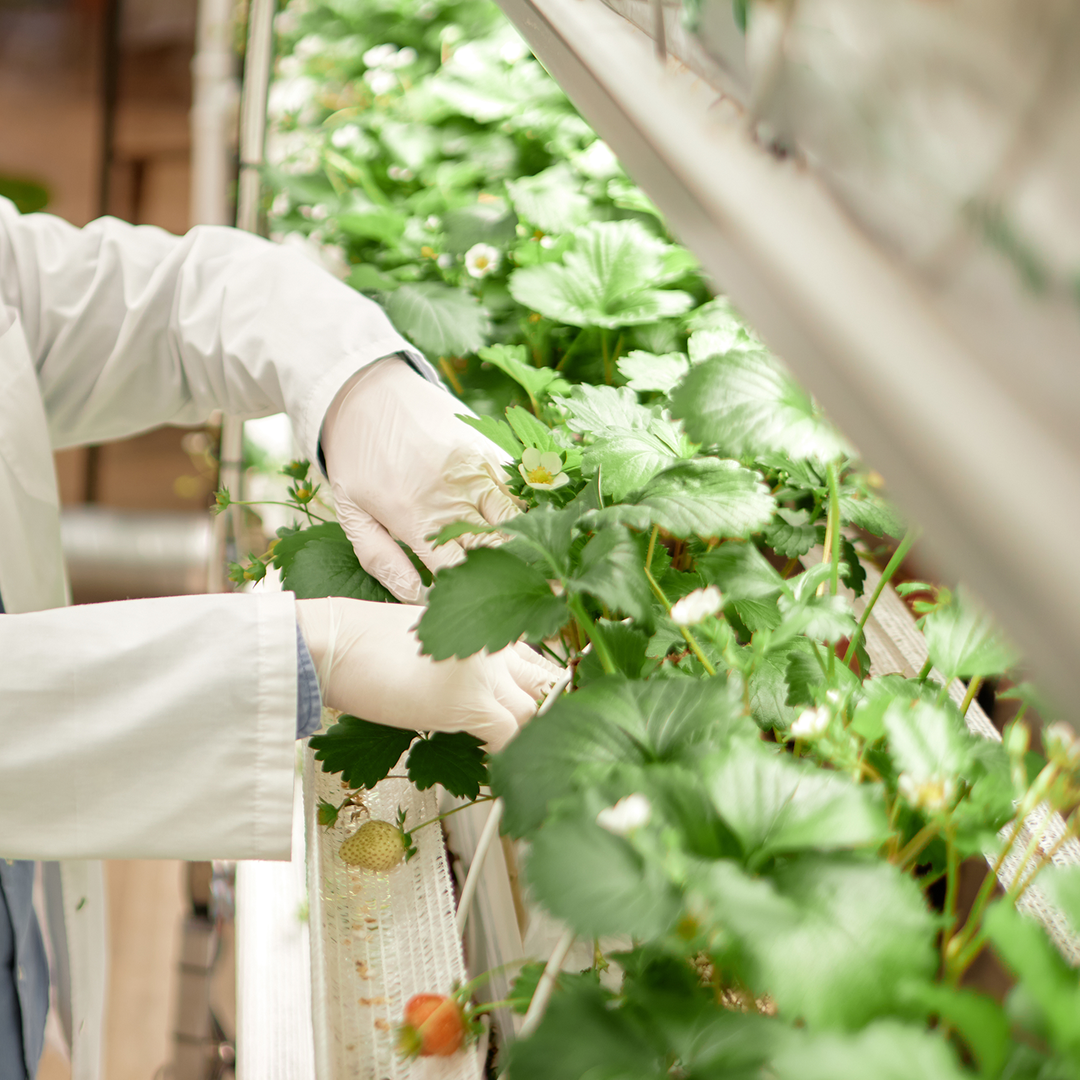EnviroMail 03 Canada
EnviroMail 03 Canada - Maximizing Quality, Field Sampling Efficiency and Safety for Metals Water Sampling (Excluding Mercury)
Sampling for trace metals in groundwaters, surface waters, leachates and process waters is one of the most common field techniques utilized across the environmental industry globally. There are several practices used in different regions and this EnviroMail discusses changes at ALS Canada in support of global best practice. This is the first of two EnviroMails that will provide background information and technical guidance on trace metal preservation and sampling, along with changes being introduced by ALS to help maximize quality, safety, and efficiency in the field. The second EnviroMail due for release next month will look at the importance of field filtration and the impacts this can have on data quality.

The practice of pre-rinsing a bottle with sample is largely an outdated practice from decades past when sample bottles were washed and re-used by laboratories. Under those conditions, good field practice was to pre-rinse the bottle with sample prior to filling. In other field applications, auto-sampler bottles were also re-used, adding to the need for this ‘rinse with sample step’. This is no longer recommended, as bottles provided by ALS meet strict quality requirements without additional handling or cleaning in the field. It is important to ensure that all field sampling equipment is suitable and free of trace metals contaminants. Pre-rinsing of bottles cannot be performed where bottles are pre-charged with acid preservative.
Recently, ALS Canada laboratories have adopted the ALS global standard 60 mL sample bottles for collection of total and dissolved metals (reduced from 125 mL or 250 mL bottles previously provided). The ALS technical team has facilitated meeting all current detection limits using these smaller sample containers to the benefit of our clients. This will see ALS customers needing to sample or field filter only a fraction of the sample that was previously required, which is the result of best practice technology sharing across our global network of laboratories. Benefits to ALS clients include:
- Reduced time for sample collection and filtration which reduces field costs;
- A small part in a global push to reduce HSE risks associated with handling heavy coolers. Ten water samples for metals now weighs 0.6 to 1.9 kg less, which contributes to lower manual handling risks;
- Smaller bottles are beneficial for low flow sampling or low recharge wells, saving considerable field time on groundwater sampling;
- Smaller bottles can reduce multiple bailing events. Even more important is the use of the first bailer collected for filtering of dissolved metals, as it is typically less disturbed, containing less fine sediment or colloids that may pass through filters, impacting results.
Other Quality Benefits
One of the biggest risks of metals false positives in groundwater sampling on windy days is contamination by dust during field filtration or sampling. The new smaller ALS bottles cut filtration time dramatically and the removal of acid vials allows the bottle cap to be replaced more quickly which through a lower time exposure also reduces the risk of false positives by airborne dust.One of the other benefits of the new ALS pre-acidified bottles (see below) is that this prevents the need for uncapping and dispensing of small quantities of dilute nitric acid into the sample bottle after sampling. While this is not an onerous task or a substantial safety risk, the slightest spillage onto gloves risks picking up traces of metals if those gloves have touched anything including skin, clothing and other materials. By eliminating ‘field acid addition’, sample collection also becomes simpler and faster.
Pre-charged Nitric Acid Metals Preservative Bottles
Nitric acid preservative is added to bottles to maintain sample stability and to stop metal precipitation or adsorption to sample containers, or to any fine colloidal material or sediment. ALS Canada now offers “pre-charged” nitric acid sample containers for total and dissolved metals across Canada. This option eliminates the use of separate nitric acid preservative vials. Field samplers simply collect and/or filter water samples directly to the sample container, which has been pre-charged with a small volume of dilute nitric acid (sample bottles must not be pre-rinsed prior to filling). This practice has been used in Eastern Canada for many years and has been used overseas by for decades by ALS. It is very important that dissolved metals samples be filtered in the field prior to acid-preservation, otherwise metals will leach from any entrained sediment, which can cause substantially elevated metals concentrations. The key here is that when needing to filter only 60 mL of sample, a single syringe filter usually suffices, and best practice in metals sampling is achieved with reduced risk of false positives or negatives. The addition of the water sample to the pre-charged bottle does not pose risk from exothermic heat generation due to the very small quantity of dilute acid used as the preservative agent relative to the volume of water. Benefits to field staff over and above benefits of the smaller bottles include:
- These bottles can be used for rush turnaround as required.
- Reduced HSE and contamination risks due to elimination of manual addition of acid to samples in the field.
- Simpler, faster, easier, field sampling processes; reduces field sampling costs.
- Samples may be submitted to the lab for analysis anytime within the 6-month holding time.

New! Lab Preserved Metals Option - Eliminates Handling of Nitric Acid in the Field
Complementing the new ALS 60 mL metals sample bottles, ALS Canada is also introducing a new, convenient Lab Preservation option for total and dissolved metals that completely eliminates the use of nitric acid preservatives in the field. A survey of industry customers indicated unanimous support for this option already in use by ALS overseas, and as a result this practice is being introduced in Canada. This new option is recommended by the US EPA, is endorsed by CCME and BC MOE, and is available at all ALS Canada labs, however, it is not permitted at present for work performed in Ontario. Field sampling practices remain relatively unchanged, and samplers simply collect filtered or un-filtered water samples into the bottles provided, and ensure samples are shipped to the lab within 10 days of sampling. Dissolved Metals samples must be field filtered, which is recognized as the best practice for field sampling to ensure optimal data quality. Samples will be preserved at the laboratory with nitric acid (within 14 days of sampling). After lab preservation, samples must be equilibrated for at least 16 hours prior to analysis, so this option is not suitable for same day or next day analysis requirements, however any rapid turnaround samples can be collected and submitted using pre-charged bottles (see earlier). Normal turnaround times will remain unaffected. Holding times are extended to six-months after lab preservation. Benefits to clients include:
- Avoidance of shipping costs and restrictions for transportation of dangerous goods (TDG);
- Elimination of a potential source of contamination and false positives (addition of acid in the field);
- Reduction of safety risks associated with handling nitric acid in the field;
- Simpler, faster, easier, field sampling processes – improving efficiency;
- Sample bottle is compatible with field sampling apparatus that require submerging of sample containers;
- Available for all routine and ultra-trace metals packages (acid cleaned bottles are required for some ultra-trace metals packages).
- No impacts to data quality (recommended as best practice by the US EPA)
Please contact your ALS Canada Account Manager or technical support staff for further information on these changes, or with any questions that you may have.





















































